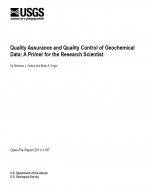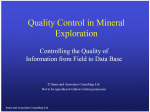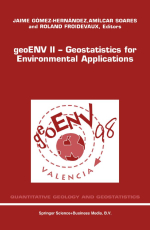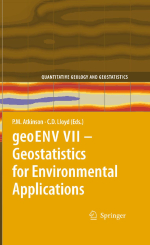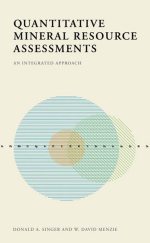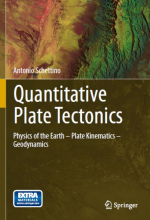Quality Control in Mineral Exploration
There many goals associated with a QA/QC program for the mineral industry:
• Prevent the entry of large errors into the geological Database.
• Demonstrate that sampling and analytical variances are small relative to geological variance.
• Provide assurance that the accuracy of the data can be confirmed.
• Save management time by automating sample names and performing automatic checks on sample names.
• Allow problems to be realized rapidly to minimize their effects.
• Keep an archive for a complete audit trail.
• Comply meticulously with government regulations and standards with a minimal amount of employee time and effort.


